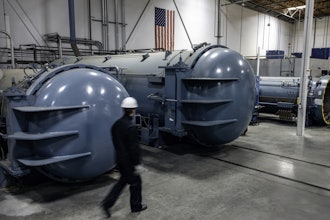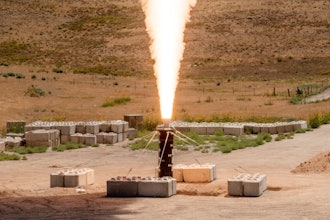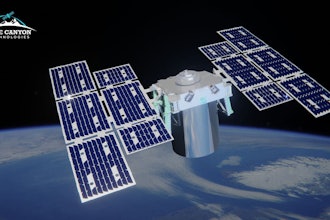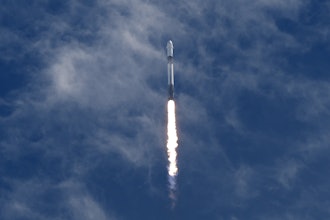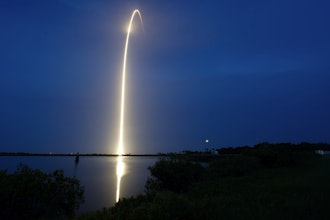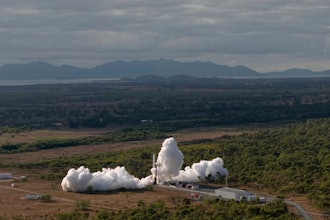
Government researchers this month announced the development of a crucial spaceflight fuel in the U.S. for the first time in nearly 30 years.
Scientists from the U.S. Energy Department's Oak Ridge National Laboratory produced 50 grams of plutonium-238, the first since a South Carolina plant stopped production in the late 1980s.
Plutonium-238 is a radioactive isotope of plutonium that produces heat as it decays, but it is relatively safe and long-lasting enough to power spacecraft systems in extreme conditions over long periods of time.
"It has a long enough half-life that we can do long missions, but it also produces a lot of heat per unit mass," Rebecca Onuschak of the DOE's Office of Space and Defense Power Systems told The Washington Post.
NASA currently possesses enough plutonium-238 to power just two to three missions over roughly the next decade, which prompted the Energy Department to begin funding new production of the isotope two years ago.
 (Image credit: NASA)
(Image credit: NASA)Oak Ridge plans to initially produce 300 to 400 grams of the oxide powder per year, then scale up to make an average of 1.5 kilograms annually.
The new material can also be blended with the existing supply of plutonium-238 that doesn't currently meet power specifications.
"Once we automate and scale up the process, the nation will have a long-range capability to produce radioisotope power systems such as those used by NASA for deep space exploration," said Bob Wham, head of Oak Ridge's Nuclear Security and Isotope Technology Division.
NASA's next mission powered by a radioisotope thermoelectric generator — the Mars 2020 rover — is scheduled to launch in the summer of 2020.










